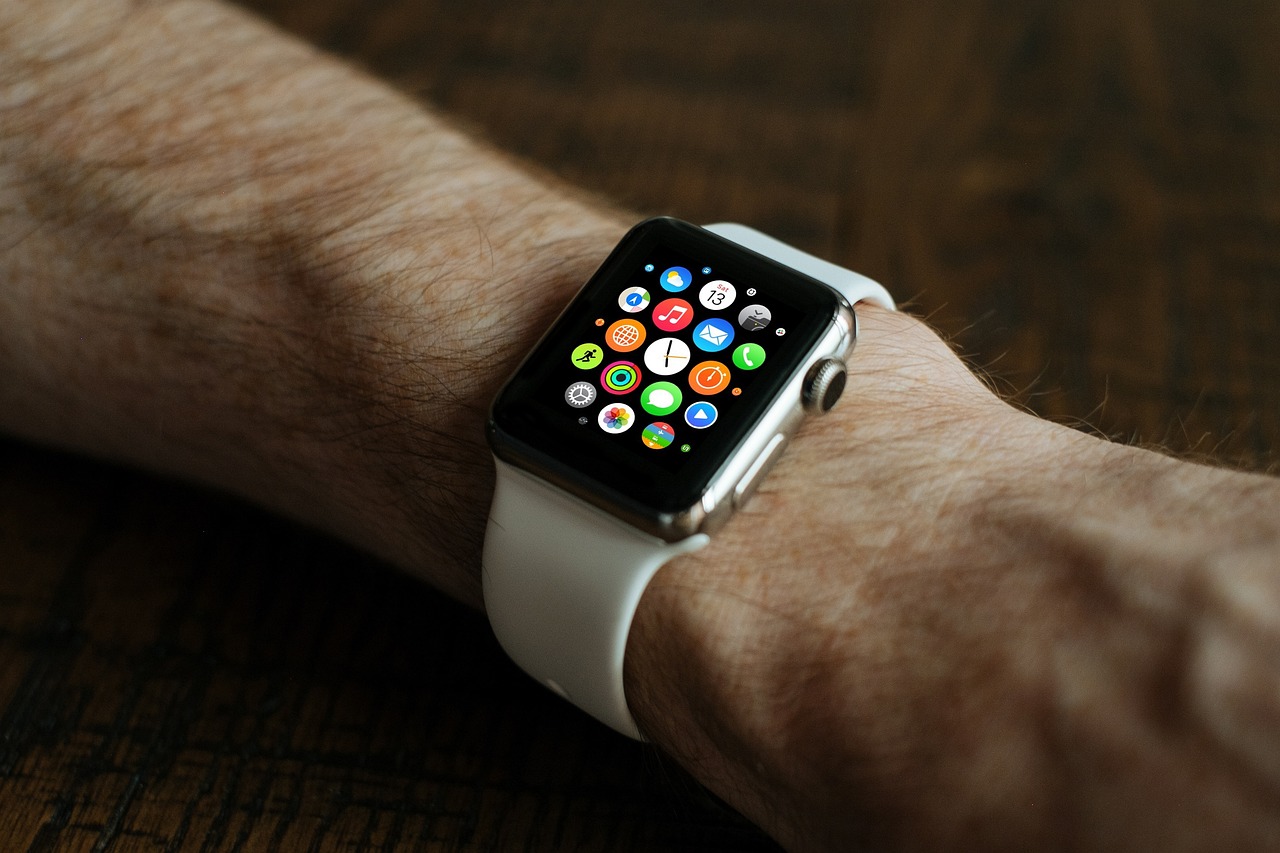Accessibility in design is the practice of making digital products and services available and usable for all individuals, regardless of their abilities or disabilities. In today’s world, where technology has become an integral part of our lives, it is crucial to ensure that everyone can access and use digital products and services. In this article, we’ll explore the importance of accessibility in design and provide tips on how to ensure that your designs are inclusive for all users.
The Importance of Accessibility in Design
Accessibility in design is not only a legal requirement, but it also makes good business sense. By ensuring that your designs are accessible to all users, you expand your potential audience and increase your customer base. It also helps to build a positive brand image by showing that your business cares about its customers and is committed to inclusivity.

Designing for Accessibility
To design for accessibility, it’s important to understand the needs of different user groups. These can include individuals with visual, auditory, cognitive, or motor impairments, as well as those with temporary disabilities or situational limitations, such as low bandwidth or noisy environments. Here are some tips for designing for accessibility:
- Use clear and simple language: Use clear and simple language that is easy to read and understand. Avoid using jargon, acronyms, or technical terms that may be unfamiliar to some users.
- Ensure sufficient color contrast: Use high contrast between text and background colors to ensure that the text is easily readable. This is especially important for individuals with visual impairments.
- Provide alternative text: Provide alternative text for images, videos, and other multimedia content. This allows screen readers to provide audio descriptions of the content for individuals with visual impairments.
- Use descriptive headings: Use descriptive headings to structure your content and make it easier to navigate. This is especially important for individuals with cognitive or motor impairments.
- Provide keyboard access: Ensure that all functions can be accessed using a keyboard, as some individuals with motor impairments may not be able to use a mouse.
Testing for Accessibility
Testing your designs for accessibility is an essential step in ensuring that they are inclusive for all users. Here are some ways to test for accessibility:
- Use automated testing tools: Automated testing tools can help you identify accessibility issues in your designs, such as insufficient color contrast or missing alternative text.
- Conduct user testing: Conduct user testing with individuals with disabilities to gather feedback on the accessibility of your designs. This can help you identify issues that automated testing tools may not detect.
- Follow accessibility guidelines: Follow accessibility guidelines, such as the Web Content Accessibility Guidelines (WCAG), to ensure that your designs meet industry standards for accessibility.
Accessibility in design is essential for ensuring that digital products and services are available and usable for all individuals, regardless of their abilities or disabilities. By designing for accessibility, you expand your potential audience and demonstrate your commitment to inclusivity. By following the tips and guidelines outlined in this article, you can ensure that your designs are accessible and inclusive for all users.